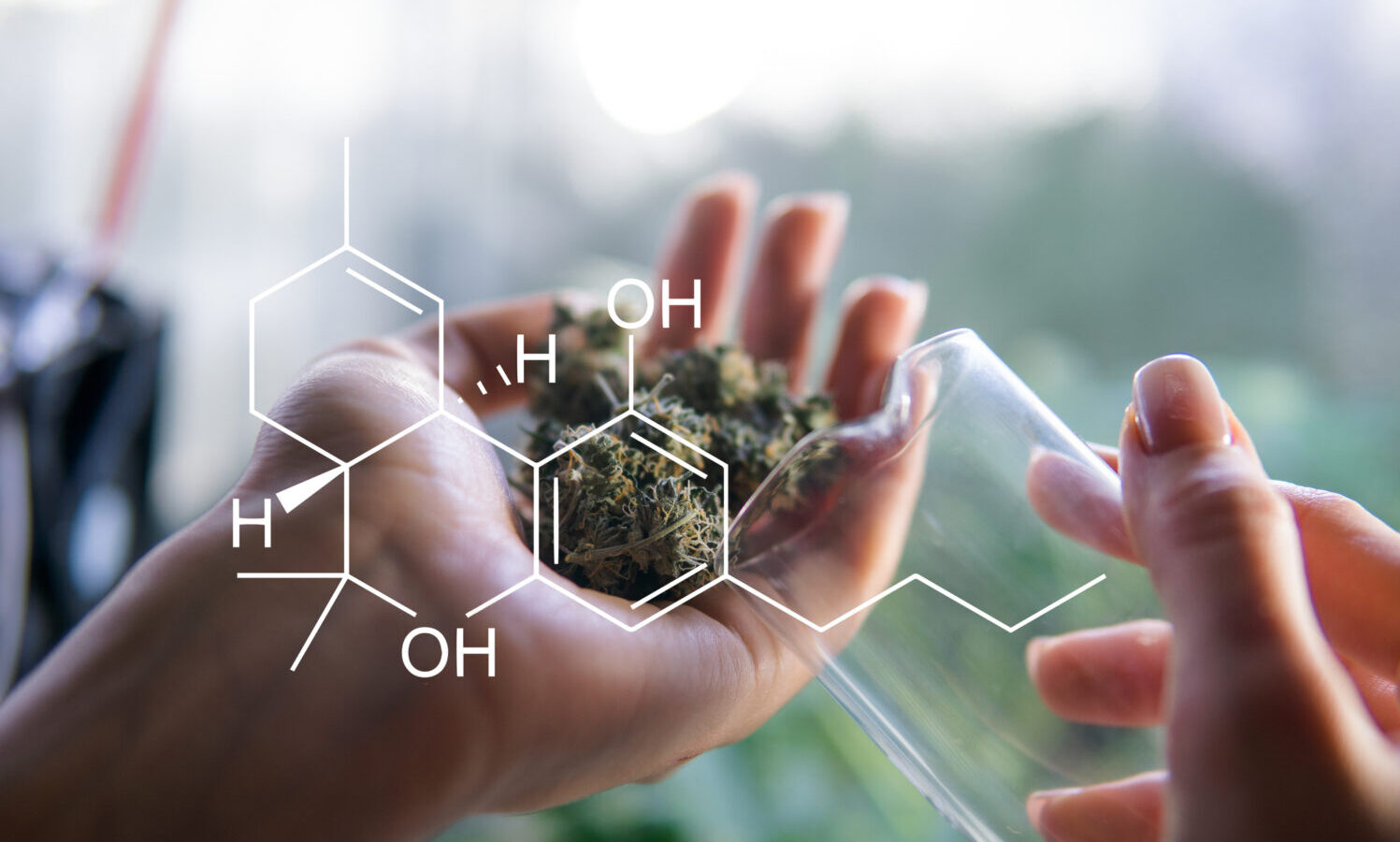
Long gone are the days of smoking out of tin cans and vegetables (hopefully). Weed enthusiasts have constantly improved on the methods of consuming cannabis, adding water to their pipes, using decarboxylation (baking cannabis as opposed to burning it) to vaporize or even eat cannabis, extracting cannabinoids from weed to create highly potent oils and concentrates, and much more. While smoking is still the most popular – vaping, edibles, beverages, and more are increasing in popularity. With all this innovation, one form of cannabis is often overlooked: sublingual products.
Smoking is the oldest and most common way of consuming cannabis, with the process of grinding, rolling, and lighting the joints being social rituals in the cannabis culture. However, not every cannabis user is comfortable with smoking thereby necessitating the need for other means of consumption. And if you have esophageal issue, this could be the answer for you.

Sublingual refers to products intended to be applied under the tongue. Some such products include oils, tinctures, tablets, sprays, or rapidly dissolving strips, all intended to sit under the tongue for absorption. But if I’m putting it in my mouth, why not just eat an edible?
Well, the answer lies in how our body absorbs cannabinoids. The purpose of a sublingual is that it sits in your mouth, with the active ingredients (such as THC) passing through the membranes in your mouth and going directly into your bloodstream. This contrasts with typical edibles and oral cannabis products, which must be absorbed by your digestive tract before being processed by your liver. This means that a sublingual can avoid your digestive tract and liver entirely, typically resulting in a much quicker onset. Further, some consumers have difficulty processing cannabis edibles and thus feel little to no effect – a tragedy that can typically be avoided with a sublingual.
RELATED: Study: Cannabinoids (THC/CBD) Beat Opioids In Managing Chronic Pain
Compared to orally-consumed or smoked cannabis, the psychotropic experience gotten from sublingual cannabis lasts for a shorter duration. The high gotten from it usually lasts about an hour or two. With sublingual cannabis, you can enjoy your high for a few hours, and go on with the rest of your day. This makes it popular with the medical marijuana and wellness communities.
The National Institutes of Health states treating pain with sublingually administered cannabis extracts is preferred by many physicians, as it may be regarded as easier to obtain from the pharmacy, and to consume. Sublingual administration might also have the benefit of a more consistent dosing regimen while avoiding the adverse effects of smoking
RELATED: Cannabis Basics: 8 Ways to Enjoy Marijuana Without Smoking

A sublingual is also usually easy to dose, via a dropper, tablet, spray, or strip. This means that you can more easily control the desired effects, feel the effects more quickly, have more consistent results and avoid unnecessary calories or damaging your lungs. These benefits have led many medical consumers to try sublingual products, with many such consumers preferring them entirely. With most cannabis consumers using weed primarily for health and wellness, we can’t help but ask the question: are sublingual products the future of cannabis?




